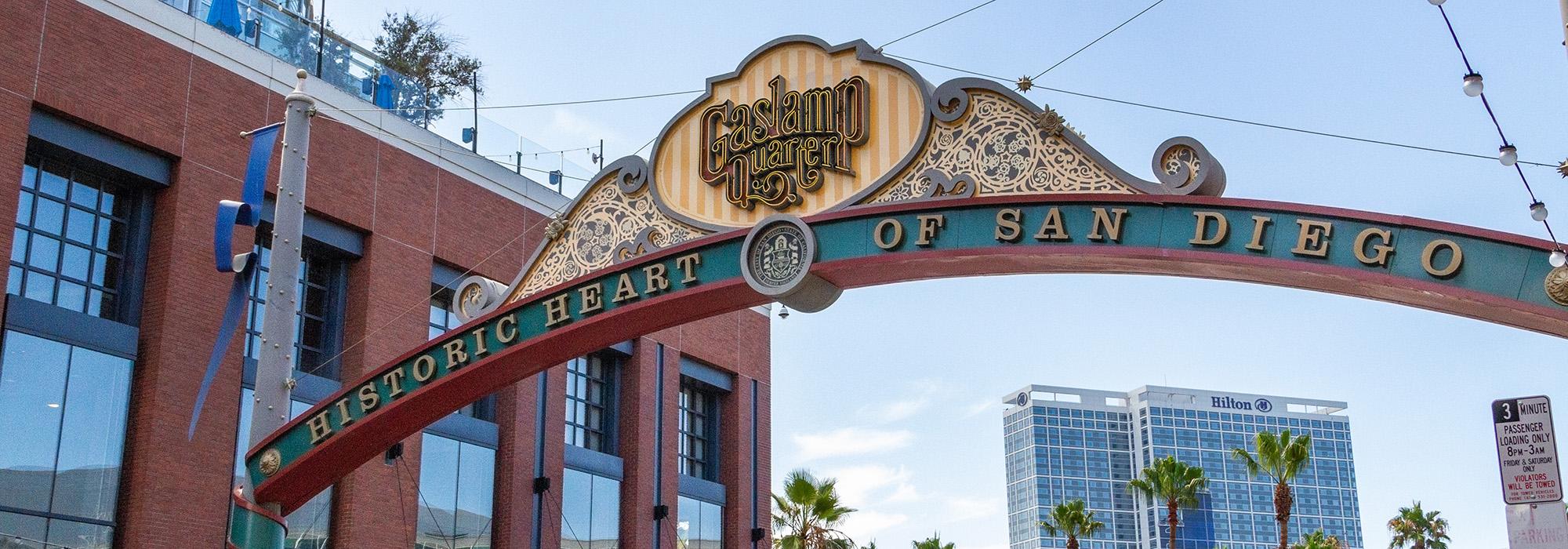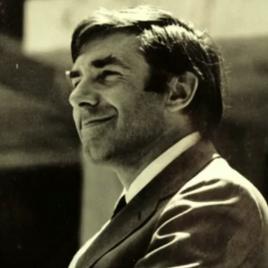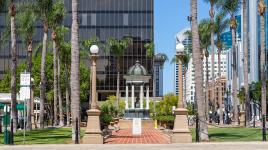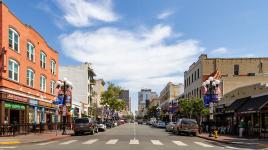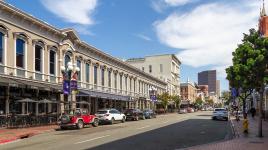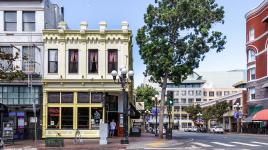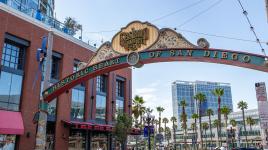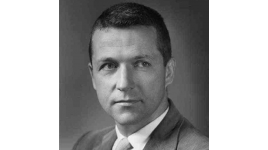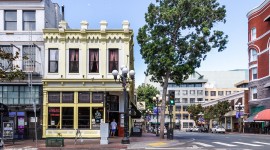Pioneer Information
Born in England, Appleyard was trained as an architect and surveyor before moving to the United States, where he earned an M.A. in urban planning from the Massachusetts Institute of Technology (MIT). Following graduation, he joined the teaching staff of MIT, staying for six years before transferring to the University of California, Berkeley. His research interests focused on street planning and the neighborhood environment. His seminal book, Livable Streets, published in 1981, examined how varying levels of street traffic influenced people’s perception of the public realm, as well as their own neighborhoods and homes. His research methods were innovative in their development of survey techniques that correlated people’s awareness of their surroundings to the design process. He helped pioneer the Environmental Stimulation Laboratory at Berkeley, which used physical models and video photography to test and compare various environments and urban designs. Appleyard was a prolific writer, authoring more than 100 scholarly articles and books, including The View from the Road (1963) and Improving the Residential Street Environment (1981). Outside of academia, he served as an urban planner for cities in the United States and abroad. Among his many projects, Appleyard developed the Berkeley street diverter program and created city plans for San Francisco and for Ciudad Guyana, in Venezuela. In 1974 he partnered with urban planner Kevin Lynch on a study for the development of San Diego, titled A Temporary Paradise?. Widely circulated at the time, the work argued that future growth should conform to the landscape’s characteristics and not come at the expense of the region’s unique topography. Appleyard was killed in a traffic accident at the age of 54, while working on a planning project in Athens, Greece.



